All you can eat: eastern European foods you need to try before Brexit
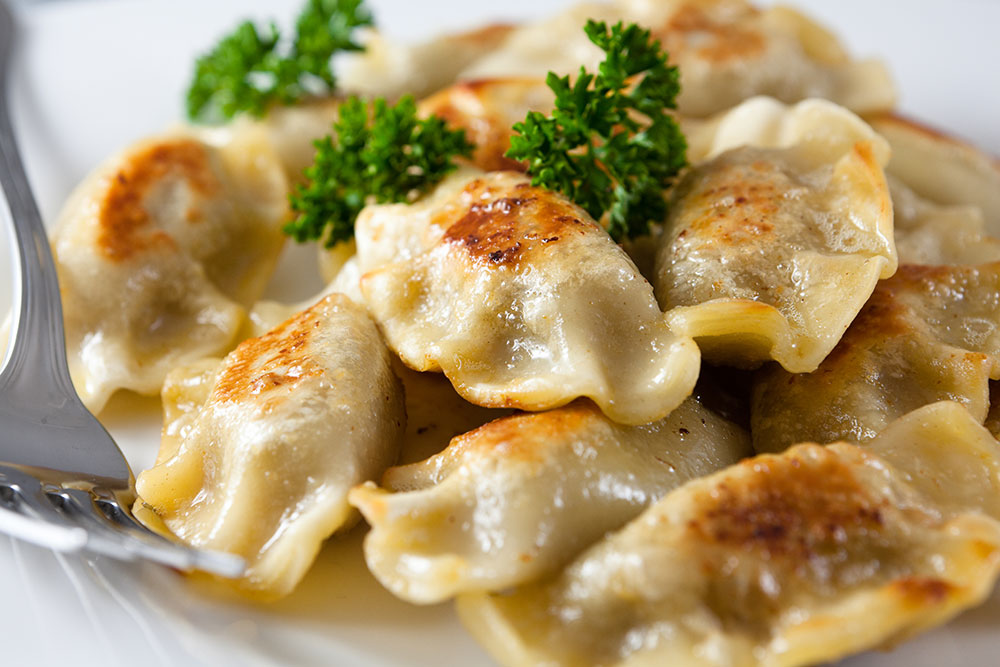
As Brexit looms, some of Britain's best loved European food imports are under threat, including lesser known delights from eastern Europe. Here's our list of the best New East foods you have to try before it's too late
What’s going to be the impact of Brexit? When will it happen? Does the UK government have a plan? At this point there are more questions than answers when it comes to Britain leaving the EU.
Many are worried that, depending on the deal that the government eventually reaches, European foods will be harder to come by. It’s unlikely that your camembert or parmesan are going anywhere — these cheeses have long been staples in British supermarkets, and the UK will surely continue to import them even if it leaves the single market. Eastern European foods, on the other hand, might be under threat — they’ve only been widely available in the UK since 2004, when 10 eastern and central European countries joined the EU making it easier to import their produce. And if eastern European communities in the UK start to dwindle as a result of Brexit, so will the shops stocking their home countries’ produce.
Which is why it’s so crucial for any curious and self-respecting foodie to hurry up and hold an improvised tasting of all that the eastern European shops have to offer. So whether you’re into sweet cottage cheese or oily smoked fish, you only have a vague and unspecified amount of time before Article 50 is triggered. After all, this might your last chance – it will be all bangers and mash after that.
Sirki
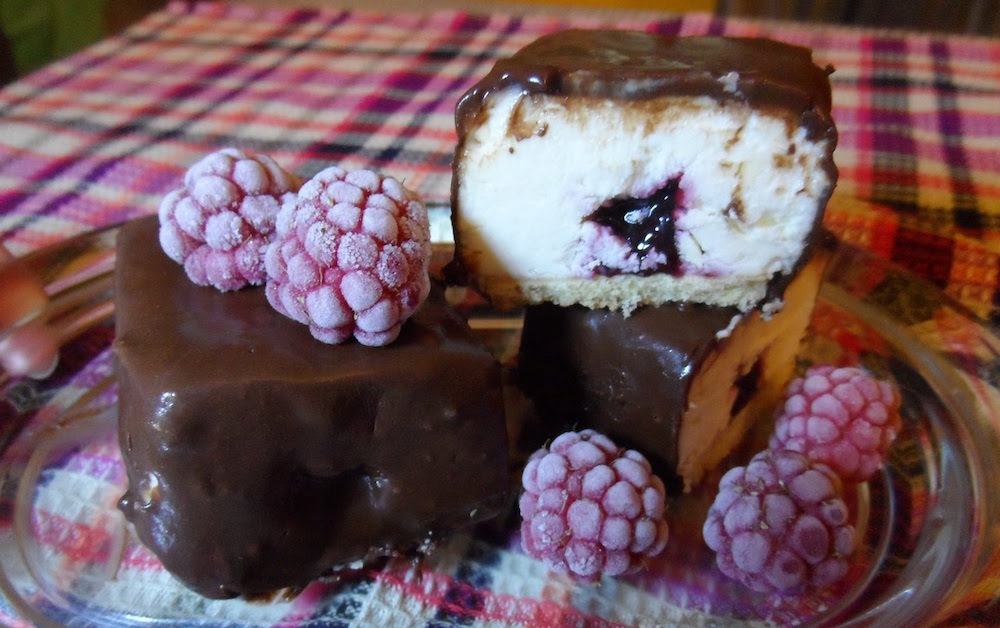
These sweet cottage cheese chocolate-covered bars are why, arguably, eastern European shops — and the universe itself — came into existence in the first place. They’re basically an improved version of a cheesecake — easy to eat on the go and relentlessly addictive. They come in an endless variety of flavours, from the classic vanilla to jam or toffee cream fillings to cookie base crust. Eat them for breakfast or dessert — you’re basically an Instagram health guru already because you’re eating cottage cheese.
Pickled mushrooms
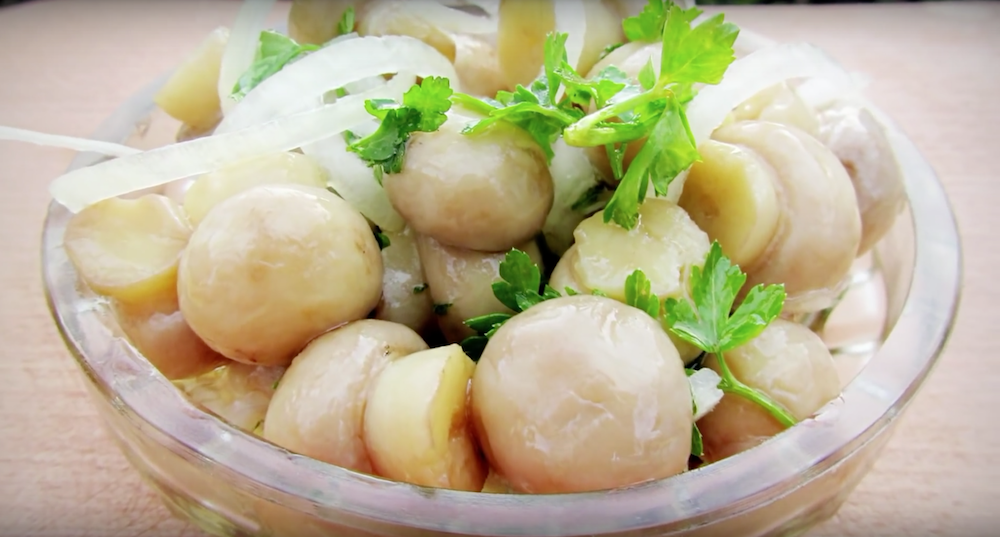
This one is a bit more controversial, mainly because of the texture of the pickled mushroom, which tends to be slightly spongy and slimy. But don’t let that put you off — if you like mushrooms and pickles, you will like these. Pickled with herbs and garlic, these are best consumed in a salad, mixed with some sour cream and thinly sliced red onion. Or make some rye toast, slice the mushrooms, mix with onions and pile on the toast for New East-inspired rye crostini.
Frozen pierogi
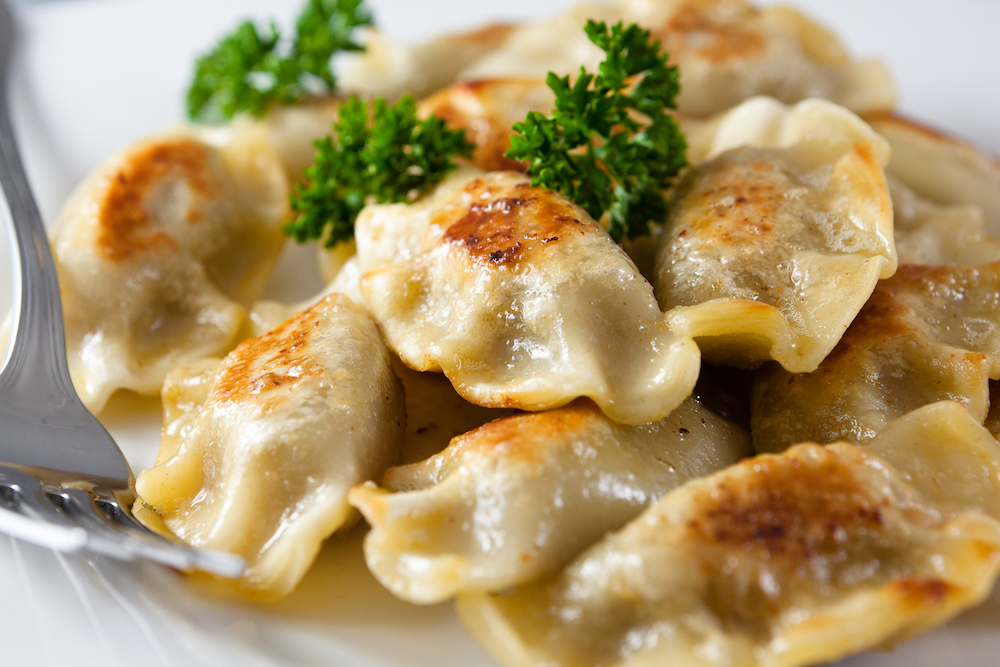
An obvious star in this list is the frozen pierog, the beloved Polish dumpling. It is, arguably, one of the best fast foods you can have — keep a bag in your freezer for those nights when you consciously avoid kebabs on your way home after a night out — they take less than 10 minutes to boil, and then you can smother them in butter. Some prefer to fry the pierogi after boiling which gives them a nice golden crust and the nearly deep-fried naughtiness — which isn’t necessarily a bad thing, right?
Bird’s milk sweets
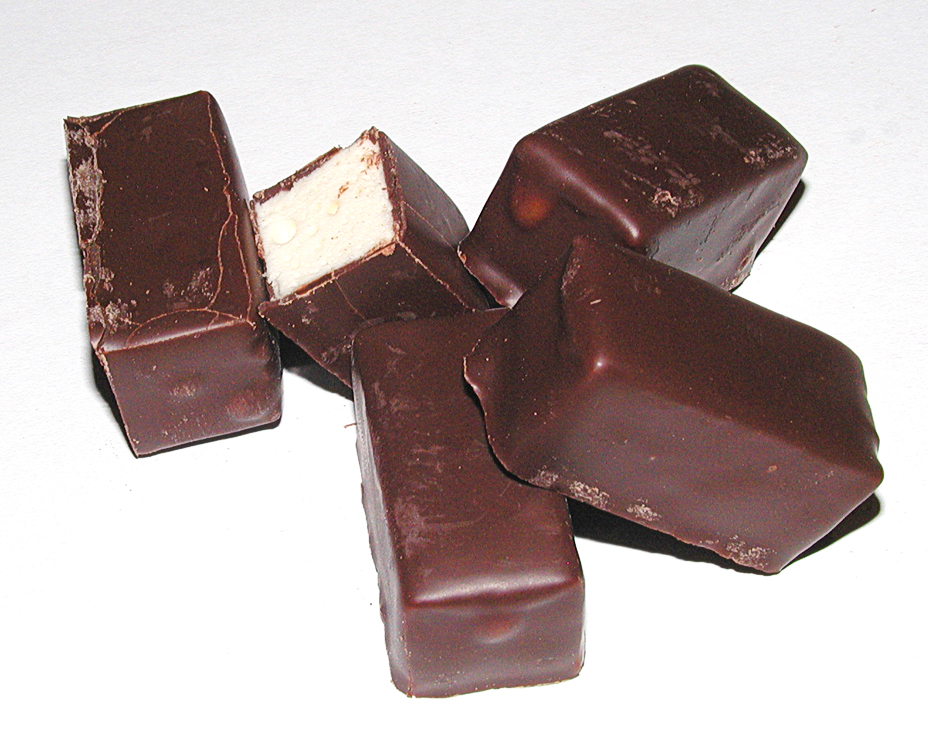
Produced in the form of both sweets and a cake, bird’s milk is basically a light soufflé covered in chocolate. It’s very delicate and airy, which means, among other things, that you can eat more of these than any other type of sweet. Bird’s milk is a generic name for this type of recipe, which dates from Soviet times: it’s ptichye moloko in Russian, ptashyne moloko in Ukrainian, and lapte de pasăre in Romanian. In Polish it is ptasie mleczko, which is a registered trademark in the EU, so you get the real deal when you buy the Polish-produced kind.
Latvian sprats
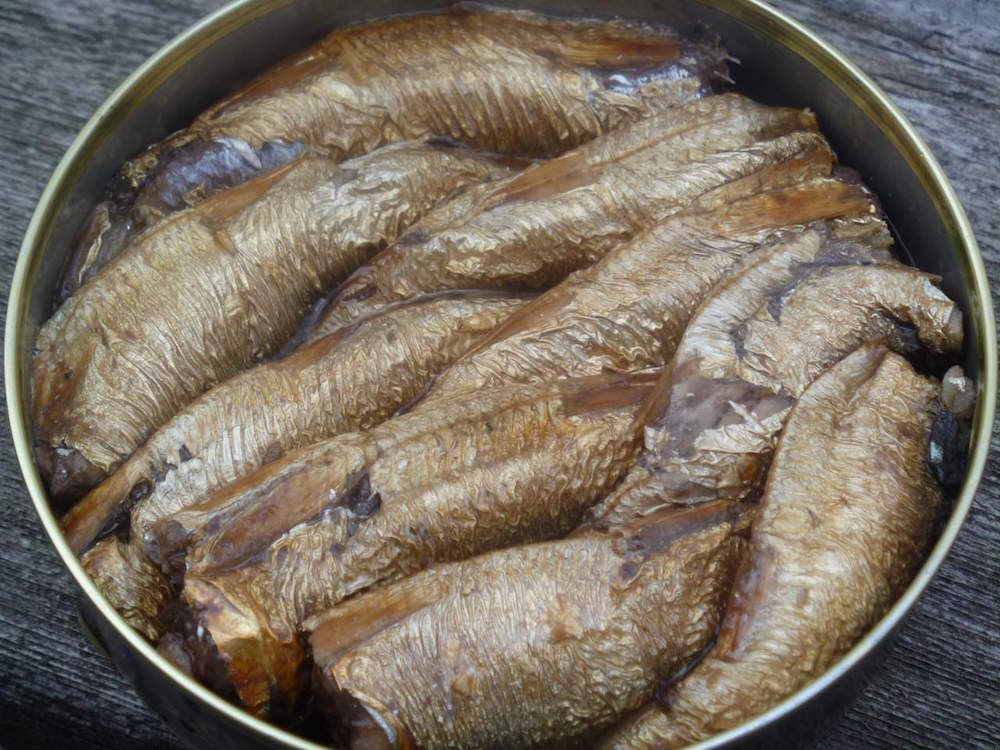
If you’re a sardine aficionado, you’re going to love smoky oily sprats, one of the staples of Latvian food. In Soviet times they were the ultimate imported delicacy in other Soviet countries, served up alongside caviar sandwiches on festive tables. They come in stylish flat black and gold tin cans, and the sprats inside are the perfect size to top a slice of rye bread. Another popular use is adding them to devilled eggs for a fishier take on the recipe.
Grainy cottage cheese
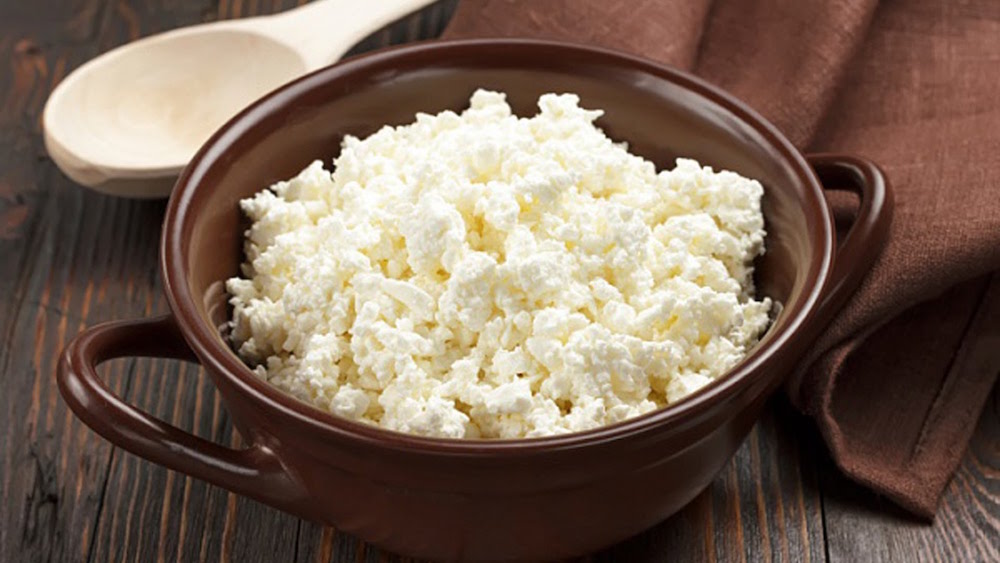
Unlike sour cream and some other post-Soviet staples, cottage cheese in its traditional grainy form, widespread in New East countries, has still not made its way to British supermarkets, but Polish and eastern European stores make up for this. It’s a bit drier than its traditional Western equivalent — it can be eaten by itself (topped with jam or sour cream and sugar) – or on top of toast with herbs and sea salt. Another popular Latvian staple is cottage cheese curds in cream, which resemble the Scandinavian keso.
Kvass
![]()
Kvass, or kwas, is a fermented bread drink that divides opinion almost as much as Marmite. It’s made from fermented bread, so it’s easy to see where the alienation comes from — though to be fair most modern non-homemade types of kvass are flavoured with herbs, fruit and berries. The original kvass is sweet and slightly sparkly, almost like Coke.
Polish mayo
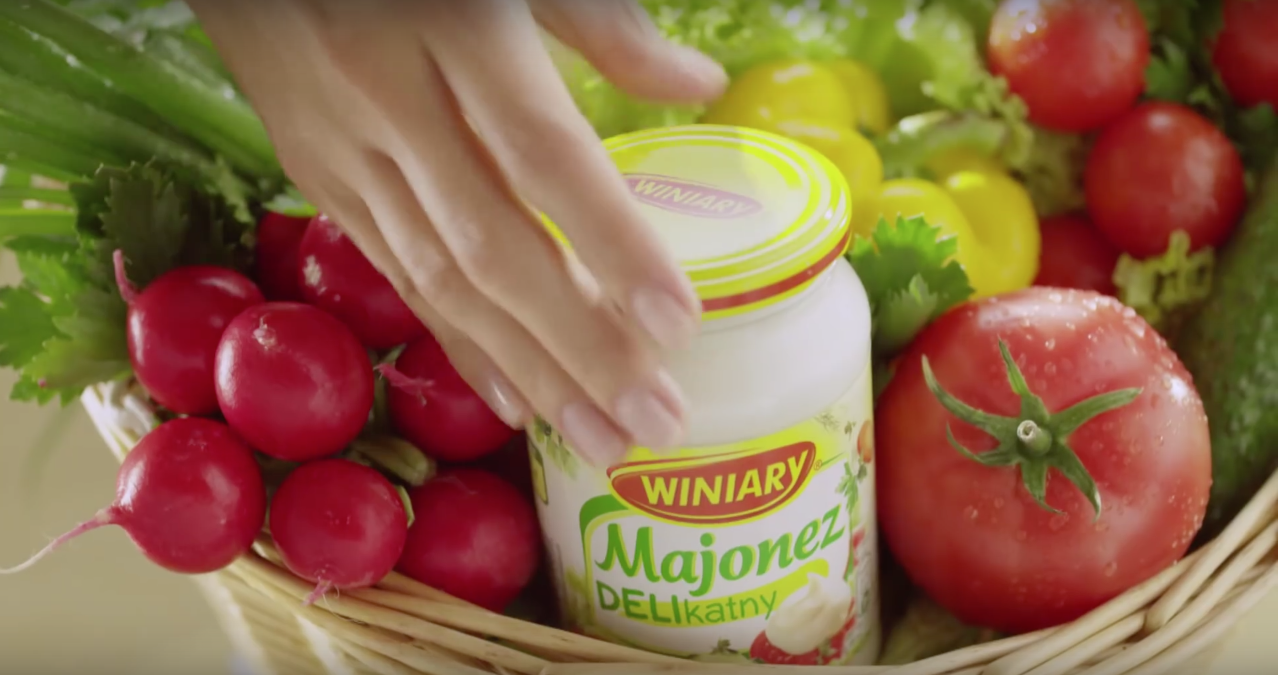
Polish mayonnaise is one of the most serenaded New East foods in history. No one can pin down exactly how, but it’s different from all other types of mayonnaise in the most delightful way: it’s simultaneously lighter and less greasy but richer in taste, and the texture is less creamy, a bit more like pudding. Even American companies now make Polish-style mayonnaise for the enthusiasts. The ingredients are basically the same as any other mayo, but you will know it’s unique when you try it. Use as you would any other mayonnaise – although some aficionados say the Polish ones are good enough to just eat on bread, without anything else. Any Polish brand will do — and you will never buy Hellmans again.
Pierniki or pryaniki
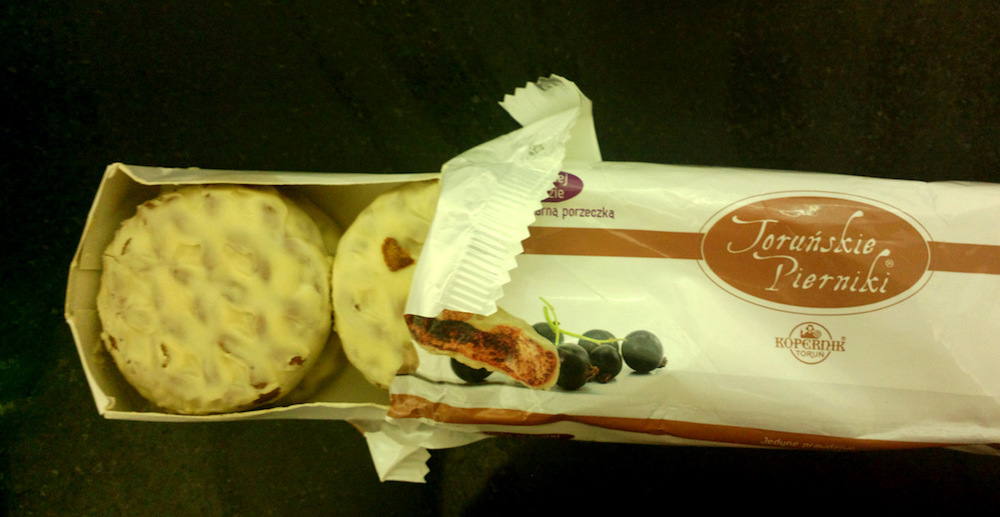
Polish pierniki are close to European gingerbread, but they might have a filling of jam, and are sometimes glazed. They resemble typical teatime cookies most of all. The recipe has roots in both Poland and Russia, and you’ll find both varieties in eastern European shops. The most acclaimed in terms of taste are pierniki filled with sour berry jam which counteract the sweetness of the dough, or glazed with chocolate — because sometimes you just need to fully embrace the sugar.


